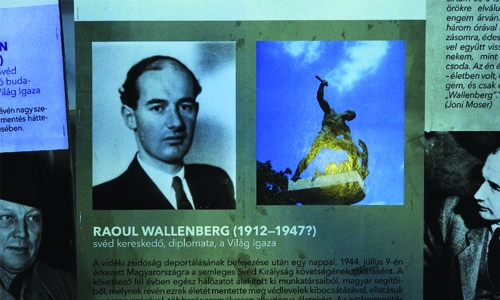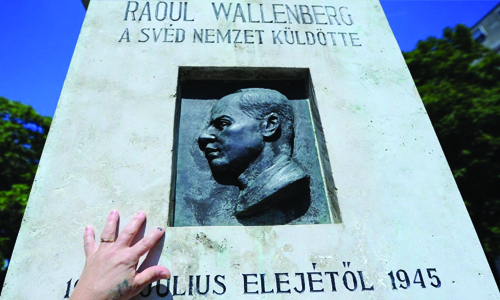'Swedish Schindler' declared dead by his homeland
Killed by KGB?
A statement sent to AFP in 2015 by the family said Wallenberg's "declaration of death is a way to deal with the trauma we lived through, to bring one phase to closure and move on."
Wallenberg was sent as a special envoy to the capital of Nazi-controlled Hungary in 1944, and by early 1945, he had issued Swedish papers to thousands of Jews, allowing them to flee the country and likely death.
The Swedish diplomat, who was 32 when he disappeared, also acquired buildings to house as many Jews as possible and provide them with extraterritorial status.
He organised the Budapest rescue mission which, according to some estimates, saved 100,000 people from persecution.
Wallenberg's efforts earned him the nickname "Swedish Schindler" in reference to Oskar Schindler, the German industrialist who rescued some 1,200 Polish Jews during the war.
In 1957, the Soviet Union released a document saying Wallenberg had been jailed in the Lubyanka prison, the notorious building where the KGB security services were headquartered, and that he died of heart failure on July 17, 1947.
But his family refused to accept that version of events, and for decades tried to establish what happened to him.
In 2000 the head of a Russian commission of investigation conceded Wallenberg had been shot and killed by KGB agents in Lubyanka in 1947 for political reasons, but declined to be more specific or to cite hard evidence.
Related Posts


